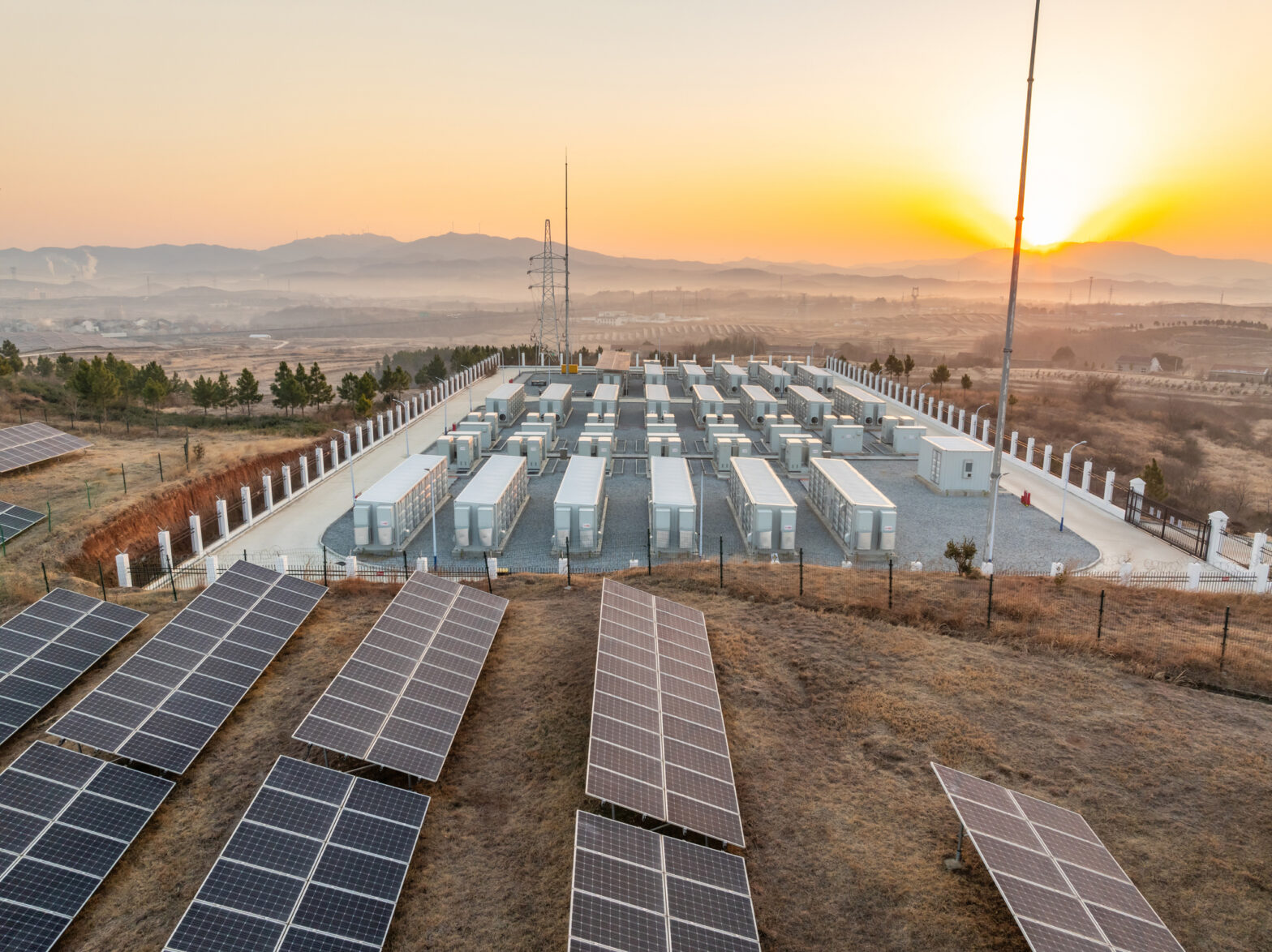“Innovation is simple. It’s about collecting dots, and connecting the dots.”
Bill Stainton opened AESP’s 30th Annual Conference by explaining how innovative thought is not a lighting bolt of wisdom that strikes a select few leaders, but rather something we can all achieve. By seeking out diverse experiences and ideas, he says, we collect a variety of “dots,” which allow us to approach problems from different perspectives.
Like Jerry Seinfield, who regularly rewrote his (already working) set on his sold-out standup tours, innovators approach life with a mantra of “How can this be better?” They use the dots— the experiences and ideas—they’ve collected along the way to help answer this question and generate breakthrough ideas and solutions.
This theme of innovation was a common thread throughout the AESP’s 30th Annual Conference in Anaheim, CA last week. Many of the speakers spoke about ways they are thinking about the changing energy ecosystem and how they plan on engaging customers in new and exciting ways.
Here are some takeaways from a couple of my favorite sessions:
Residential Technology Rapid Fire
- There are a number of ways that utilities can add value to customers’ homes via smart home devices—and customers are looking to utilities to provide certain features including:
- The ability to set up devices to auto-save energy and continuously monitor energy use
- Warnings about malfunctioning devices
- More than 20% of customers would prefer to buy a smart home system from their utility, rather than a retailer or other store.
EV Adoption
- EV knowledge and adoption is still extremely low — in one survey, 55% of customers could not name a single EV model.
- 95% of customers say that an online tool would be useful to compare EV models.
- Sarah Chatterjee, Director of Renewable Energy Programs at NV Energy, identified four critical features of a state-wide EV program: outreach, training, incentives, and technical assistance.
- Forming close relationships with dealerships can be an invaluable way to ensure consumers are being educated on the benefits of EVs and available incentives, so that they can make the right decision on their car purchase.
Dynamic Pricing
- 44% of residential respondents in a survey by SECC would be willing to participate in a time-based pricing program if automation technology was deployed in the home.
- Currently, implementing Time of Use rates leads to a drop in utility price satisfaction, disproportionately impacts low income customers, and does not generate a positive or consistent effect on load shift. But, “Done right, TOU rates can be the catalyst for activating customers en masse,” Don McPhail from Uplight says. The three steps to implementing an effective TOU rate are:
- Empathize: Understand your customer segments and how the rate will impact them. Learn how to design the customer journey, messaging and tools to truly meet their needs.
- Educate: Provide customers with the information and insights they need to understand how the rate will impact them personally, via the channels they want to engage with.
- Empower: Give customers tools that will help them optimize their energy usage to the rate and emphasize the benefits—tools include personalized tips, alerts, and technology to automate energy management.
And these are just a few of the highlights from the AESP Conference. I’m looking forward to seeing how attendees put these ideas in action in the coming year!





